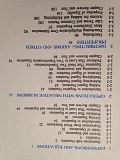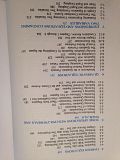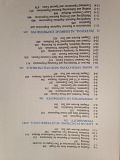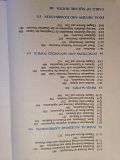After thinking about it a lot, I have decided against moving her to integrated math simply b/c I feel she had accomplished a lot this year with Algebra 1 and it would be unfair to make her school through the summer b/c we started over with a different style of math. So I am trying to decide what Algebra 1 to buy her. I have looked at Saxon and I am looking at the Foerster's Algebra that HOD is using with WG. We have chosen to start her with Rev2Rev and beef up for high school credits as the last HOD guide she had completed prior to our 2 years in charter was CTC and I am combining her with dd12. I am very happy with that choice now that I have received all the books.
Here is what she has completed-
Unit 1-Algebra Basics
Expressions, Variables, Translating Words into Variable Expressions, Equations, Translating Words into Equations, Replacement Sets, Problem Solving
Unit 2-Properties of Real Numbers
Number Lines, Sets, Comparing Expressions, Number Properties, The Distributive Property, Algebraic Proof, Opposites and Absolute Value
Unit 3-Operations with Real Numbers
Addition, Subtraction, Multiplication, Reciprocals and Division, Applications: Number Problems
Unit 4-Solving Equations and Inequalities
Addition and Subtraction Equations, Multiplication and Division Equations, Multiple Transformations, Variables on Both Sides, Transforming Formulas, Estimating Solutions, Applications: Cost Problems, Inequalities, Solving Inequalities, Combined Inequalities, Absolute Value Equations and Inequalities, Applications: Inequalities
Unit 5-Applying Fractions
Ratios, Proportions, Percents, Applications:Percents, Applications: Mixture Problems
Unit 6-Linear Equations and Inequalities
Equations in Two Variables, Graphs, Lines and Intercepts, Slope, Slope-Intercept Form, Point-Slop Form, Parallel and Perpendicular Lines, Equations from Graphs, Applications: Linear Models, Graphing Linear Inequalities, Inequalities from Graphs
Can anyone with a Foester's Algebra text tell me if it would be possible to pick up and just do the topics she hasn't covered and whether these topics would be about 1/2 of the Foerster's text leaving her only 1/2 of it left to complete this semester?
Thanks in advance.



